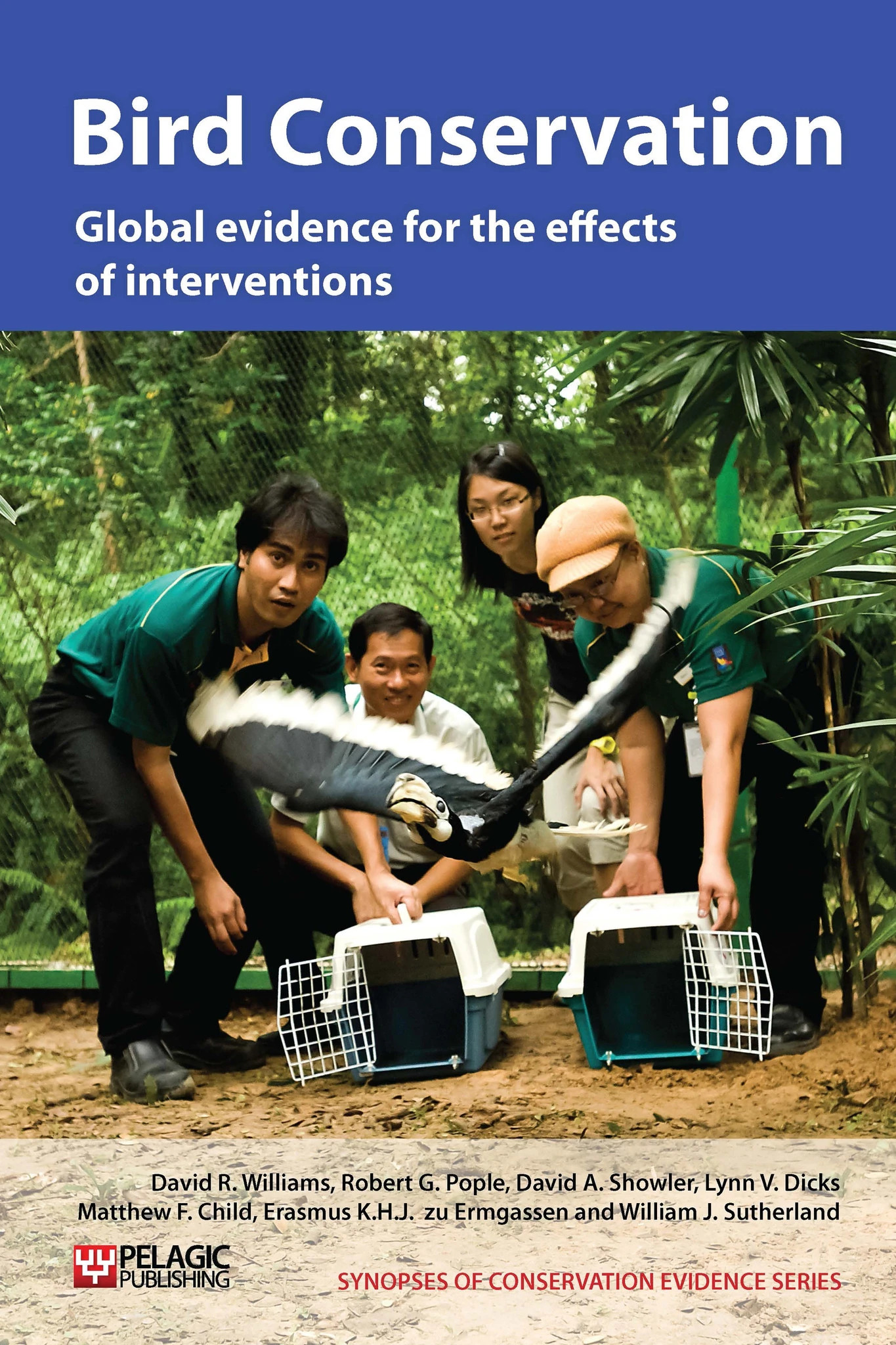Manually control or remove midstorey and ground-level vegetation (including mowing, chaining, cutting etc) in shrubland
-
Overall effectiveness category Trade-off between benefit and harms
-
Number of studies: 7
View assessment score
Hide assessment score
How is the evidence assessed?
-
Effectiveness
43% -
Certainty
54% -
Harms
30%
Study locations
Supporting evidence from individual studies
A replicated before-and-after study in 1962-1963 in shrubland in Wisconsin, USA (Anderson 1969), found that male prairie chickens Tympanuchus cupido showed a preference for mown areas over controls when the original height of vegetation was over 15 cm (between four and 31 birds using each of five areas before mowing vs. 8-85 after), but not if it was shorter (7-45 birds using five areas before mowing vs. 12-69 birds after).
Study and other actions testedA replicated, controlled before-and-after study in 1968-1970 in sagebrush Artemisia tridentate shrubland in central Montana, USA (Wallestad 1975), found that the number of strutting male greater sage grouse Centrocercus urophasianus increased by 28% at three lekking sites within 0.5 km of areas treated with herbicide and mechanical clearing, whilst numbers fell by 63% at a fourth site. Numbers increased by 323% at two leks more than 4 km from treated areas.
Study and other actions testedA controlled study in 1980 in Utah, USA (Castrale 1992), found that response of breeding songbirds in sagebrush habitat chained or burned 3-4 years earlier varied between species. Total bird densities and diversity were similar between a chained site, a burned site and a site without any intervention for 17 years. However, the chained site had significantly more Brewer\'s sparrow Spizella breweri (a sagebrush specialist) territories than the burned site, and horned lark Eremophila alpestris densities were 175-200% higher on the chained site than untreated sites. Vesper sparrow Pooecetes gramineus and western meadowlark Sturnella neglecta densities appeared unaffected by sagebrush control.
Study and other actions testedA before-and-after study at Minsmere reserve (151 ha), Suffolk, UK, in 1978-1988 (Burgess et al. 1990), found that the local population of European nightjars Caprimulgus europaeus increased following a series of management interventions, including creating open patches in heath and removing dominant species such as bracken Pteridium aquilinum, birch Betula spp. and pines Pinus spp. This study is discussed in detail in ‘Clear or open patches in forests’.
Study and other actions testedA replicated and controlled study in shrub dominated by saw-palmetto Serenoa repens (a type of palm) in 1988-1989 in Myakka River State Park, Florida, USA (Fitzgerald & Tanner 1992), found that total number of birds and the number of species found were significantly lower in two sites cut in winter (January 1988) or summer (June 1988), compared to control (uncut) sites (0.2-1.0 species and 0.2-1.2 individuals/site for cut sites vs. 2.0 and 2.7 for control sites). There were no differences between winter and summer-cut sites. Whilst total bird abundance (27 species recorded) was lowest in cut plots, species were mostly (management target) grassland specialists (e.g. Bachman’s sparrow Aimophila aestivalis and loggerhead shrike Lanius ludovicianus).
Study and other actions testedA replicated, paired study in a mosaic of Mediterranean maquis, pasture and cropland in Ciudad Real province, Spain, in 2002-2003 (De La Montaña et al. 2006), found that 21 maquis stands where most shrubs and saplings were removed (but taller trees retained) supported greater densities of bird species of high European conservation concern than paired stands without vegetation removal. Such species included red-legged partridge Alectoris rufa, woodchat shrike Lanius senator and wood lark Lullula arborea. The authors note that all three species were fairly common in the study area. Stands were at least 12 ha in size and were cleared between two and ten years before birds were surveyed.
Study and other actions testedA replicated, controlled study in 1999-2001 in 14 areas of shrublands on Nantucket Island, Massachusetts, USA (Zuckerberg & Vickery 2006), found that eastern towhee Pipilo erythrophthalmus and common yellowthroat Geothlypis trichas were significantly less common in areas that had been mown, compared with controls and burned areas (towhees: 0.7 birds/ha vs. 1.1 for control areas and 1.4 for burned areas; yellowthroats: <0.1 birds/ha vs. 0.40 for control and burned areas). Areas mown twice in a season had even fewer towhees (0.5 birds/ha) and no yellowthroats. Song sparrows Melospiza melodia were equally abundant on mown areas and other treatments (0.3 birds/ha for mown areas vs. 0.40 for controls and burned areas).
Study and other actions tested
Where has this evidence come from?
List of journals searched by synopsis
All the journals searched for all synopses
This Action forms part of the Action Synopsis:
Bird Conservation
Bird Conservation - Published 2013
Bird Synopsis





)_2023.JPG)














